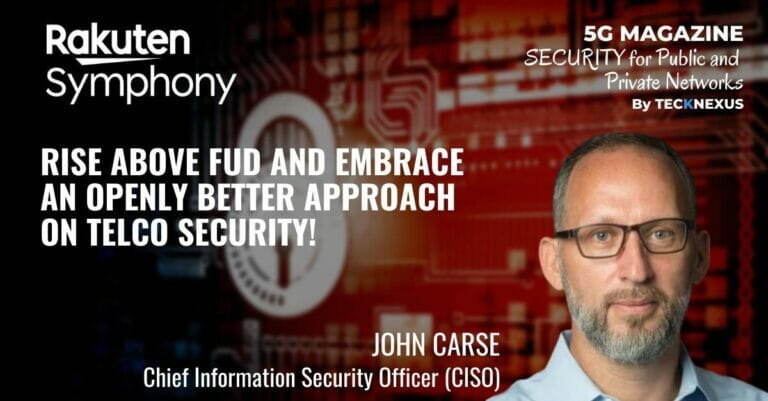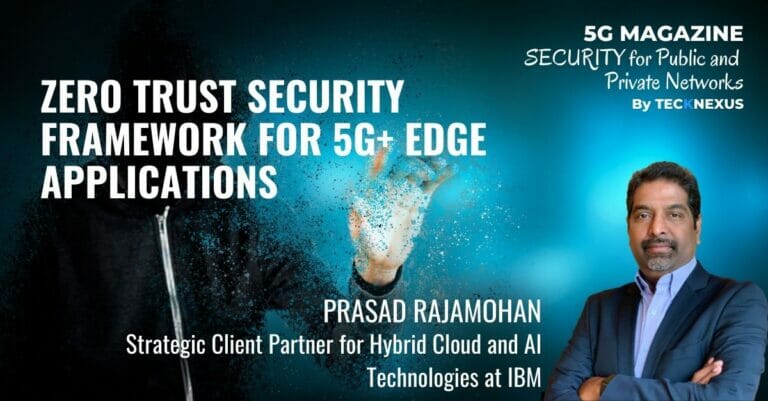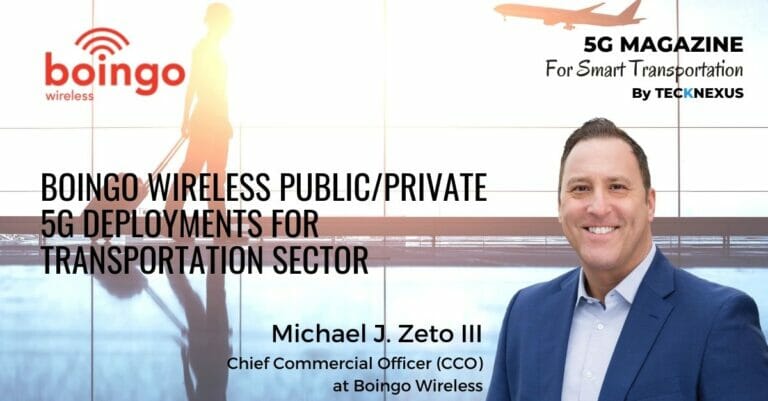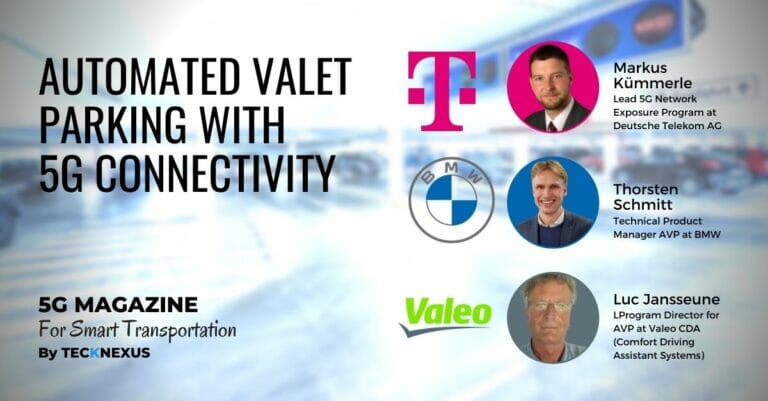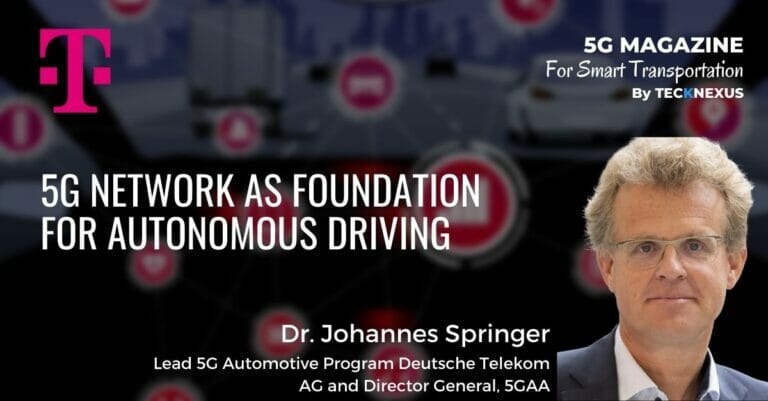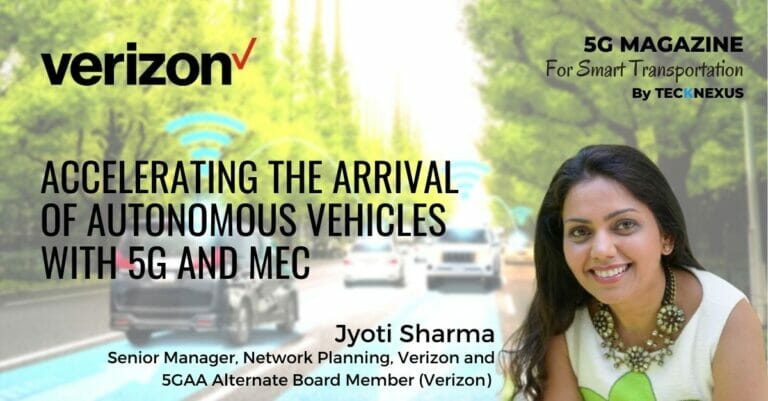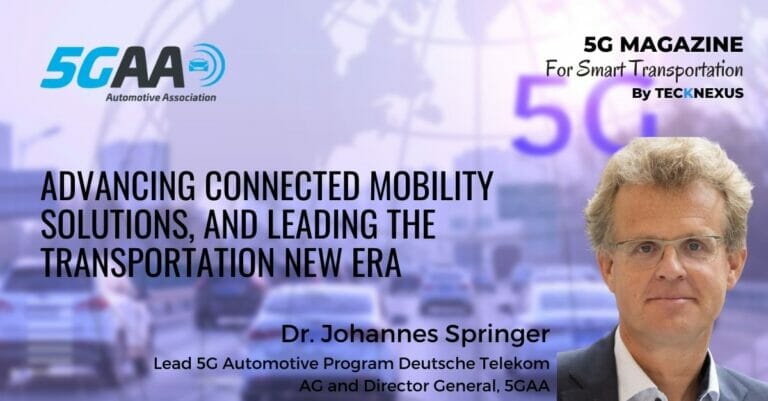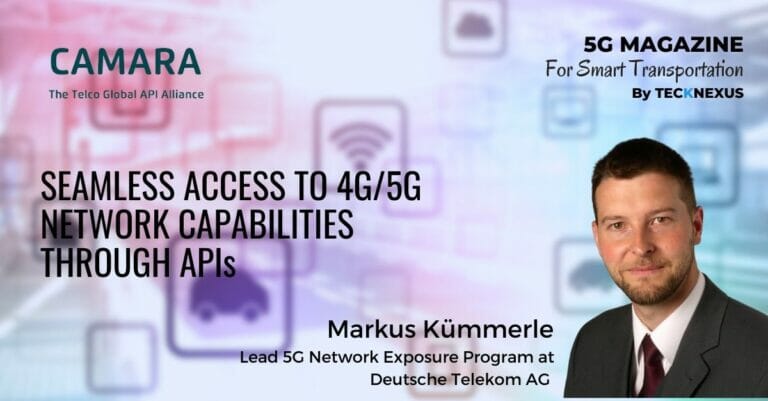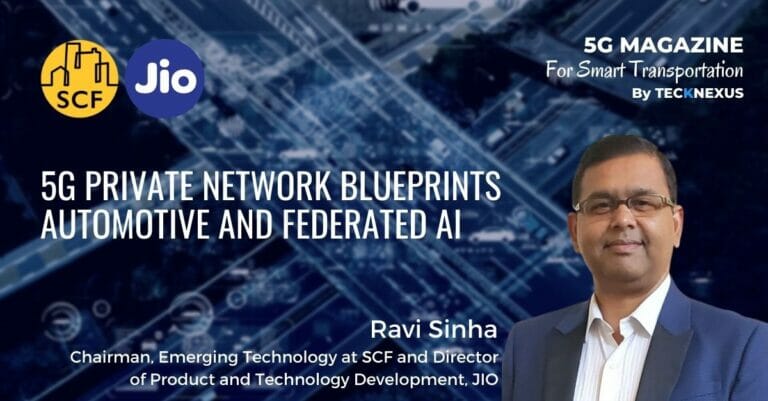- Article & Insights
- November 10, 2024
The automotive industry is undergoing a revolutionary change towards software-defined vehicles, 5G connectivity, and autonomy. To cope with this change, the vehicle ecosystem has had to rapidly evolve, leading to the emergence of new potential attack surfaces and target methods. This article focuses on the landscape of vehicle attacks, challenges faced by the Auto OEMs, and the revolutionary approach taken by HARMAN where they build a safety net for customers through anomaly detection and attack prevention.




